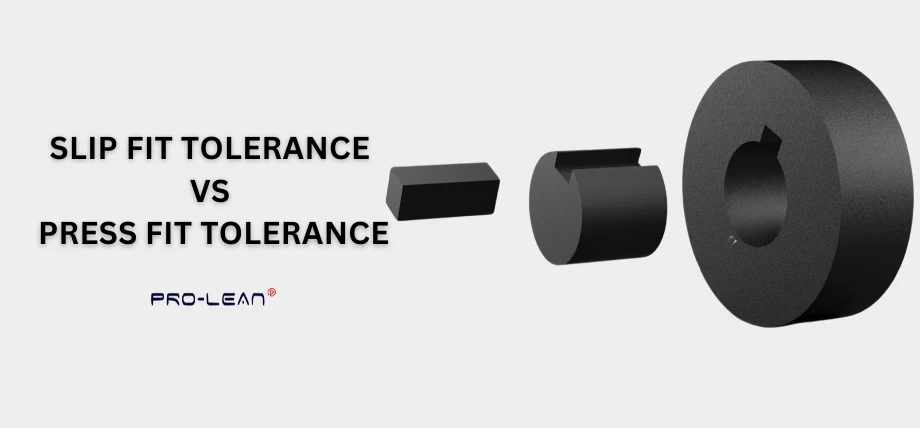
Slip fit keyway
In mechanical engineering, the design and assembly utilize many types of fits to minimize costs, value reliability, and longevity of machinery. The understanding of fit and tolerance is important to optimizing design and minimizing the use of fasteners.
Fits, like slip fit, press fit, and interference fit, are used in engineering drawings to define how mating parts, like a shaft and a hole, interact. Tolerance separates these fit classes and ensures components are manufactured with acceptable dimensional limits.
In this article, you’ll learn about slip fit and press fit tolerances, their applications, and how tolerance charts can be used in design. I’ll also include assembly and disassembly techniques for a comprehensive guide.
What is a Slip Fit?
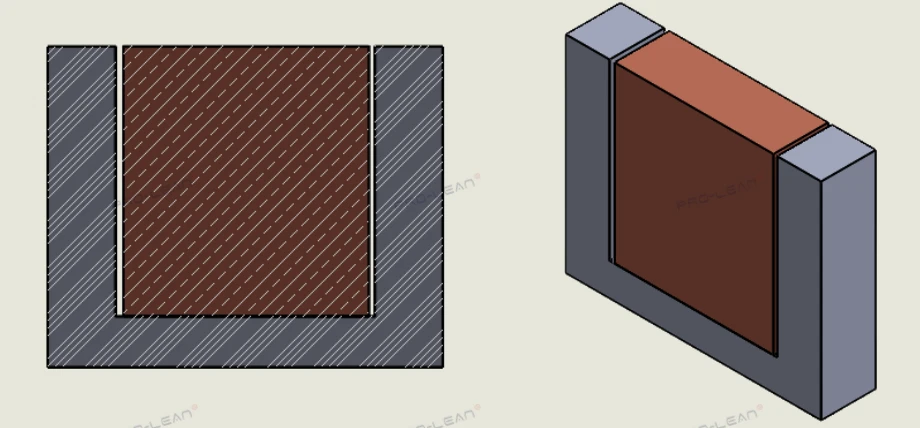
Slip fit
A slip fit is a mechanical fit where a small clearance is placed between mating parts. In this example, you can think of a shaft and a hole. The clearance allows components to slide or rotate with minimal friction.
Slip fit requires one part to slide over the other with zero or minimal resistance. Slip fit tolerances are laid out by standards like ISO or ANSI in technical drawings. These standards provide acceptable dimension ranges for the shaft and hole. The shaft’s diameter is smaller than the hole’s diameter for easy assembly and disassembly. This is important because slip fits are primarily used for temporary assemblies.
Slip fit supports axial and rotational movement, for example, in a bolt in a hinge or pivot. The tolerances can help balance any excessive play and gap while maintaining alignment.
Applications of Slip Fit in Machinery
Slip fits are commonly used in machinery requiring easy assembly and disassembly. They are used in bushings and pistons when a shaft or pin must move freely within a hub.
In bearing assembly, a slip fit ensures the shaft rotates at high speed without binding. Sliding fits or slip fits are commonly found in sliding mechanisms when machine components slide along a path.
Advantages and Disadvantages of Slip Fit
Advantages
- Ease of assembly and disassembly: Because slip fits use clearance, they are easy to disassemble and put together. This reduces machining costs, labor and time in machining services because there are no special tool are required.
- Low friction: Minimal friction enables smooth axial or rotational
- Room for misalignment: Slip fits can have space around the fitting, which allows for easier assembly, but careful alignment is still needed. They can reduce the need for extremely tight tolerances.
- Cost-effective: Looser tolerances reduce manufacturing tolerance costs. This is because machinists can work within broader dimension ranges.
Disadvantages
- Reduced Precision: Clearance in a slip fit makes the fitting less precise, and there is room for play and vibration. It is not suitable for use in tight tolerance applications.
- Limited load capacity: Slip fits are not highly suitable for high-load applications because the clearance reduces part retention ability.
Try Prolean Now!
How Does Press Fit Work?
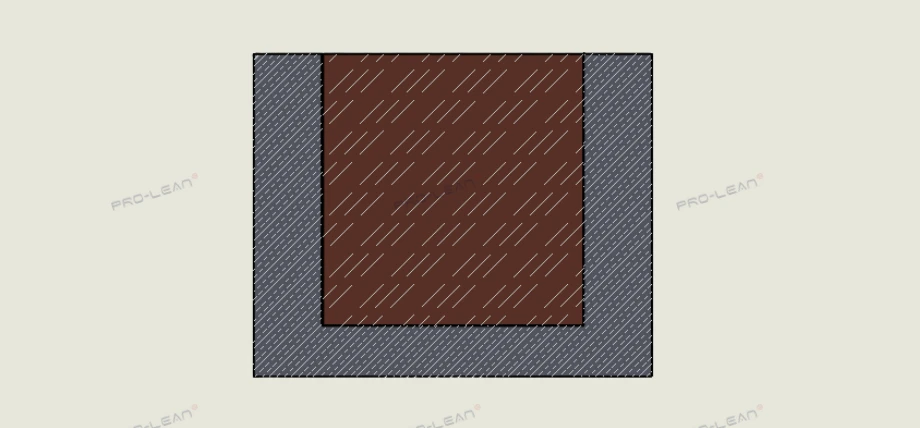
Press fit
A press fit is also called interference fit and occurs when the shaft diameter is slightly larger than the hole’s diameter. This leads to a tight interference, causing friction which secures the mating components together.
Press fits eliminate the need for fasteners but require force, often via a hydraulic press or thermal expansion in case of shaft and hole interference. For most plastic parts, the force is small, and you just need to push the mating parts together.
ANSI and ISO standards define tolerance classes to ensure there is enough interface without material deformation.
Common Uses of Press Fit
Press fits are crucial to many engineering applications for permanent or semi-permanent assemblies.
Automotive Parts
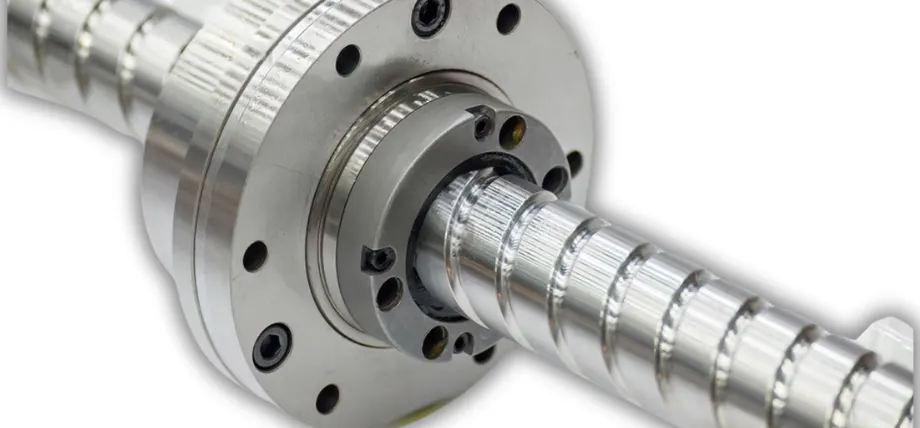
Shaft with press fit
Press fits secure many components in automobiles. Gears, and shafts to hubs are secured using press fits. In parts where bushings are needed, they are press-fitted into a gear to withstand high torque.
Aerospace Applications
Aerospace parts use press fits for components that require high precision. Bearings and pins in turbine assemblies are connected using press fits, ensuring stable operation in high-stress applications.
Industrial Machinery
In industrial machinery, press fits are commonly found in cylindrical components like pistons and dowel pins. They provide good connection and are capable of handling axial and radial loads.
Challenges with Press Fit Assemblies
Press fits are not simple to design and machine. Due to tight fits, careful consideration is put at the design stage, and they still pose many challenges.
Some assemblies can require a lot of force, and in thermal processes, expansion can compromise the press fit and damage the components.
What is the Tolerance Chart for Fits?
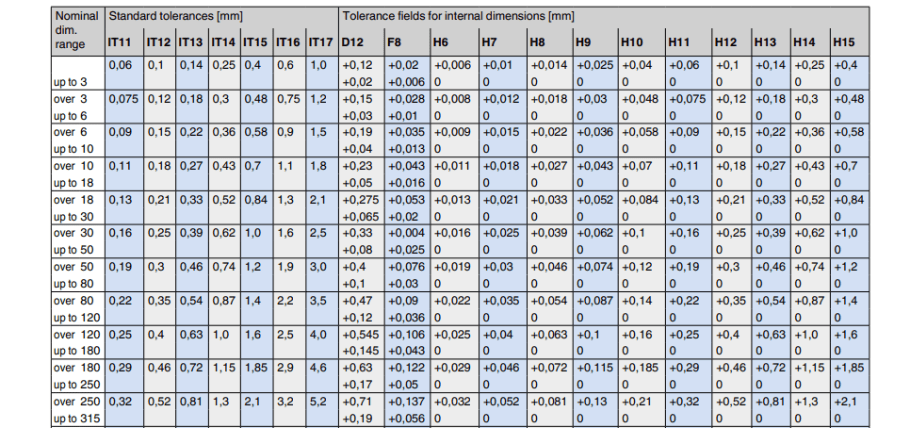
Tolerance chart
In CNC machining, a tolerance chart helps standardize tolerance classes for fits and avoid machining errors. Tolerance fit charts are based on ANSI or ISO standards and specify manufacturing tolerances for shafts and holes.
ISO system for tolerance uses hole basis or shaft basis approaches. In a hole basis system, the dimension of the hole is fixed and the shaft’s tolerance is adjusted. The tolerance chart separates press fits and slip fits.
How to Read a Tolerance Chart
The tolerance chart shows fit designations and their tolerance ranges.
| Fit Type | Hole Tolerance (mm) | Shaft Tolerance (mm) | Fit Description |
|---|---|---|---|
| Clearance Fit | H7 (50.000–50.025) | g6 (49.975–49.991) | Slip fit with clearance for easy assembly |
| Transition Fit | H7 (50.000–50.025) | k6 (50.002–50.018) | Snug fit with slight clearance or interference |
| Interference Fit | H7 (50.000–50.025) | s6 (50.035–50.051) | Press fit with interference for secure assembly |
Try Prolean Now!
How to Determine Fit Tolerance?
Fit tolerance depends on the fit type and material properties. Thermal expansion affects press fits and the temperature rise can alter the interference while a temperature drop can cause shrinkage.
Calculating Fit Tolerance for Different Applications
Calculating fit toerance involves defining dimension ranges for the shaft and hole. For a slip fit, a typical shaft diameter can be 49.98 mm +/- 0.02 mm, and the hole can be 50.00 +/-0.03 mm ensuring enough clearance.
In case of interference fit, the shaft’s diameter may exceed the hole’s diameter, creating interference.
What are the Differences Between Clearance, Interference, and Transition Fits?
Defining Clearance Fit
A clearance fit has a gap between the shaft and the hole, enabling easy assembly and movement. It is used to minimize friction in mating parts and is commonly found in ball bearings.
Understanding Interference Fit
An interference fit has a shaft larger than the hole, requiring force or thermal expansion for assembly. Interference fits are used for permanent assemblies like bushings and dowel pins.
Transition Fit Characteristics
Transition fit is something between a clearance fit and an interference fit. It offers a snug connection and locked rotations, and limited movement. It is used in assemblies that require occasional disassembly.
How to Assemble and Disassemble Press Fit and Slip Fit Components?
Best Practices for Assembly
Slip fits require minimal force for a shaft and hole assembly. Press fits use hydraulic presses mainly to overcome any interference. You should always align both parts precisely to avoid damage during assembly.
Techniques for Safe Disassembly
Slip fits are used for applications needing frequent disassembly and they have good clearance to easily remove the parts.
For press fits, you need to use some mechanical force or thermal equipment to modify the nominal diameters slightly for interference.
Precision Custom CNC Machining For Fastener Free Assemblies
Prolean-Tech provides the highest quality precision machining for close tolerances. Prolean-Tech has a rigorous quality control method with gauges and guides to check hole and shaft fittings.
Request a quote today and receive it at the earliest time.
Conclusion
Understanding slip fits and press fit tolerances is important for mechanical systems and designs that are reliable. Understanding tolerance charts and ISO/ANSI standards can help you avoid expensive mistakes in production and streamline the precision machining processes.

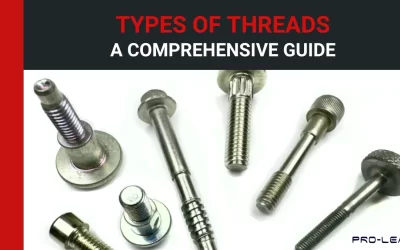
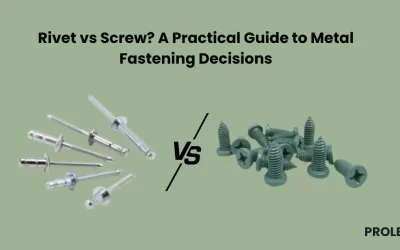
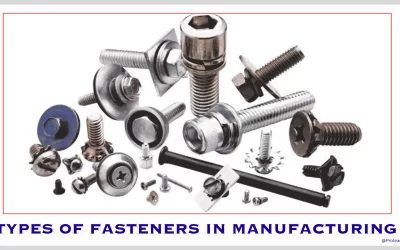
0 Comments